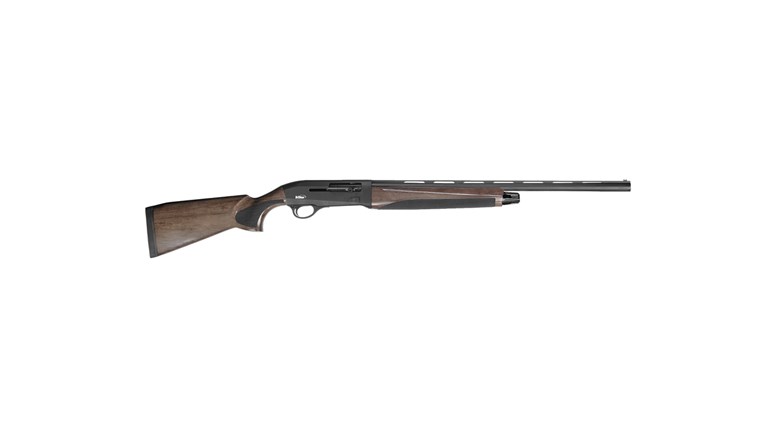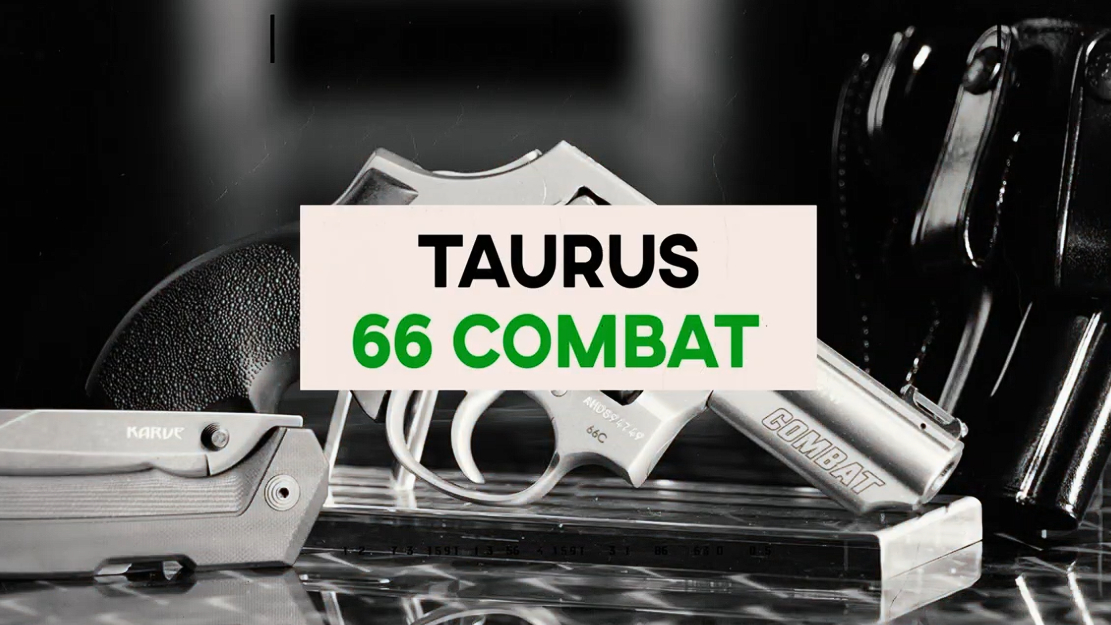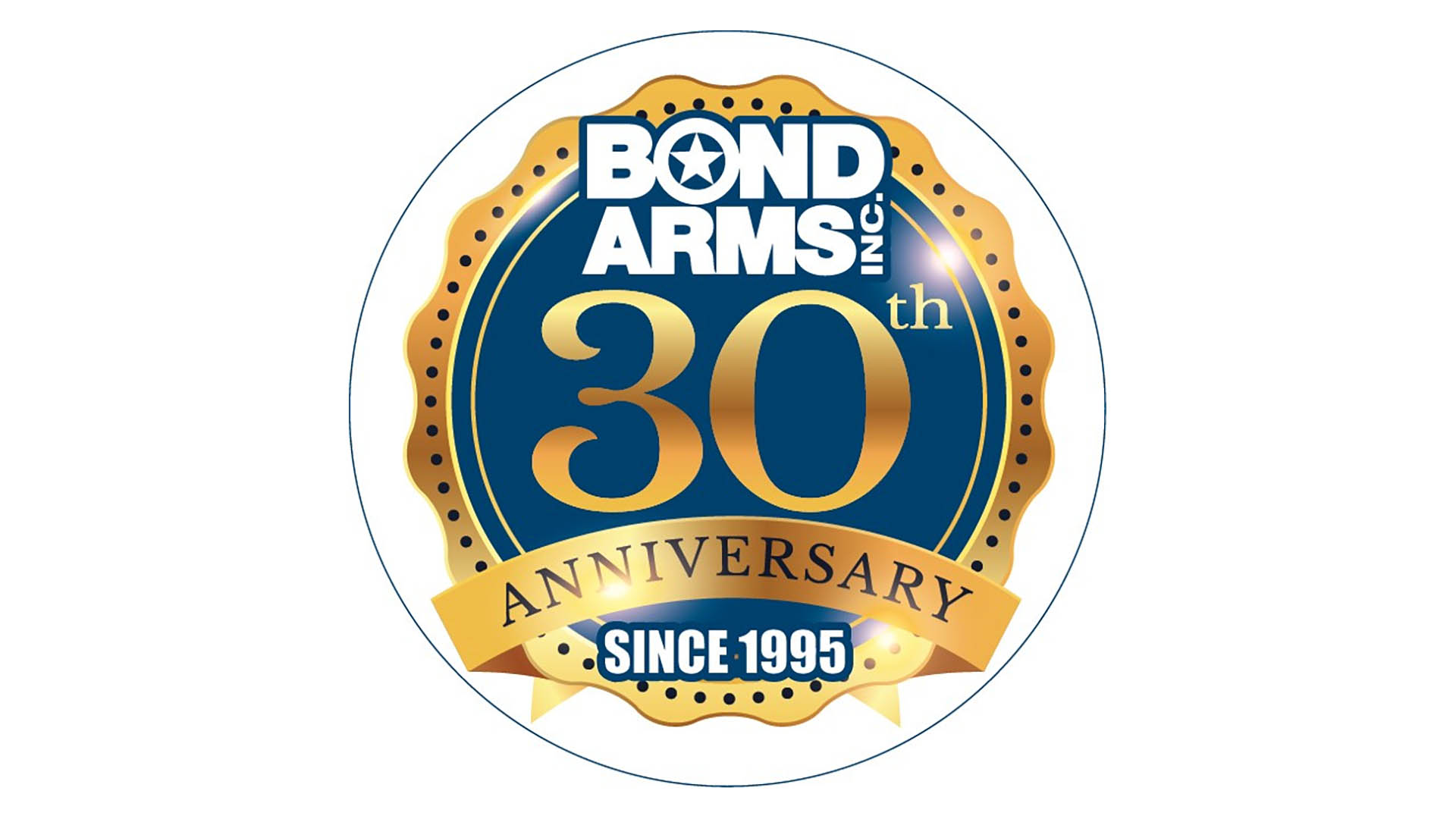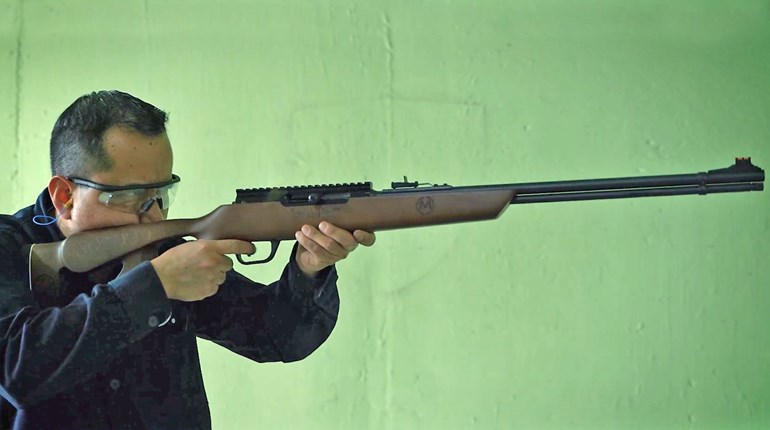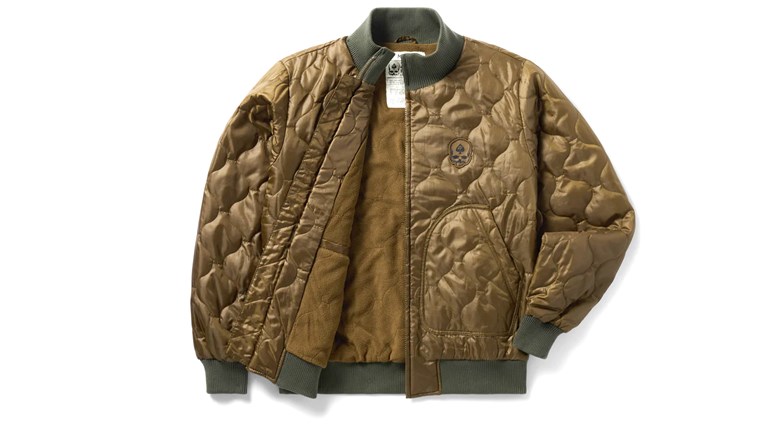
This article, "Buckshot'" appeared originally as a Fightin' Iron column in the July 2017 issue of Shooting Illustrated. To subscribe to the magazine, visit the NRA membership page here and select Shooting Illustrated as your member magazine.
In the 1939 cinematic masterpiece that defined him, “Stagecoach” actor John Wayne’s Ringo Kid prepared for the fight with the evil Plummer brothers. These three scoundrels attempted to get an unfair advantage by arming one of their number with a shotgun loaded with buckshot. Thus was the public perception of the shotgun, generally viewed as the most terrifying close-range arm available. On the frontier, the shotgun was sometimes shortened for ease of handling and invariably stoked with a palm full of the large lead balls known as buckshot. It was widely held that it was hard to miss with this combination—the spread would sweep the field of battle like some gigantic scythe. This is just the first of many misconceptions that infest shotgun and buckshot lore.
Despite the multitude of “bravo-sierra” about fighting shotguns, they are probably the most-effective personal firearm for close-range defense work. While it lacks the concealability and portability of the handgun or the range and accuracy of a rifle, the shotgun is nonetheless effective within its range. And its range is far greater than you might imagine. The key to getting the most from a scattergun is choosing the right gun or the right ammo—or both. While there is much to be said for the shotgun slug, the best all-around choice is probably buckshot—a number of large lead balls, sometimes alloyed with tin and antimony or plated with copper or nickel. In common use, there are several sizes of buckshot, designated: No. 4 (.24 inch), No. 3 (.25 inch), No. 2 (.27 inch), No. 1 (.30 inch), Aught (.32 inch), 00 (.33 inch) and 000 (.36 inch). Most commonly, 12-gauge shotguns are the go-to choice for defensive purposes when a shotgun is needed, and have from 27 No. 4s to eight 000s. It is also possible to find higher buckshot-pellet counts in 2 3/4-inch and 3-inch magnum loads. There are plenty of options. With all varieties of ammunition, the goal is the same.
Combat shotguns and buckshot loads are used to increase terminal performance and not hit probability. To do that, the hit must be well-placed, the pattern must be fairly small and the pellets must penetrate deeply. For many years, the conventional wisdom was that a shotgun barrel that had no choke (cylinder bore) was best for use with buckshot. For new combat-shotgun shooters, the choke is a small section of reduced diameter (or constriction) at the muzzle end of a shotgun bore. Generally, the smaller the shot, the greater the effect of choke on the on-target pattern.
In an effort to determine what size buckshot and what choke are best-suited for defensive work, I once did a very elaborate series of patterning tests. I obtained samples of all available 12-gauge buckshot loads (from No. 4 buckshot to 000) from all three major shotshell makers in America. That’s a total of 50 different buckshot loads from Remington, Federal and Winchester. I fired four rounds of each (the tube capacity of most guns) in short barrels with cylinder, modified and full chokes. That is some 600 rounds of ammo, a monumental amount of work. The resulting 150 four-shot IPSC targets were carefully tabulated for distribution of pellets in the various scoring rings. I concluded several different points. The main one is simple: Triple-aught is the most-effective size of buckshot.
If you are working with one of the tens of thousands of unchoked, “cylinder-bore” police shotguns in current circulation, triple-aught buckshot will pattern tighter than the next closest contender, which is the more-common 00 buckshot. Several mechanical factors contribute to the effectiveness of the various buckshot sizes and chokes. One is avoiding, as much as is possible, the deformation of those big buckshot pellets in their journey from the hull to target. A pellet deformed out of round will usually fly away from its mates, often enough to miss a man-size target completely. Avoid deformed pellets by using not only carefully honed forcing cones and chokes, but also harder shot—either alloyed or plated—to resist deformation.
A very small, tight pattern with 000 or 00 buckshot is quite effective, but the smaller the pattern, the greater the possibility of a complete miss. I once set out to determine the longest-possible shot that might be required in typical in-house defensive shootings. We went completely through a typical three-bedroom home and measured possible maximum shooting distances. That turned out to be 12 yards, and the group was about the size of a salad plate. It’s best to center a group that small on the center-of-mass of the target. Understand that a fighting shotgun is not like a bird gun that is pointed at an area in the hopes of getting a few hits, but rather more like a rifle that is aimed at a point in the hope of getting them all in. Ghost-ring sights are a big help, in my opinion.
There are a couple of other advantages to good ol’ 000 buckshot. One is range, where the bigger pellets tend to maintain velocity farther out. My shooting with several types of loads tells me that the oft-quoted “maximum-effective range” of 25 yards for 00 buck would go at least 10 yards farther with 000. And since the velocity persists longer, the individual pellets would tend to penetrate more deeply.
Buckshot—in a properly sighted and choked combat shotgun—may be the most-effective combination you can manage with your own two hands. The multi-pellet nature of a buckshot load virtually guarantees a decisive stop when properly placed. Buckshot is not a panacea, where you fill the air with lead and hope the law of averages is in your favor. You have to hit your intended target, but that is the nature of using fightin’ iron.















